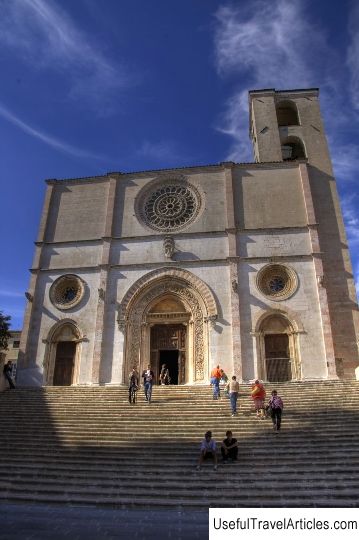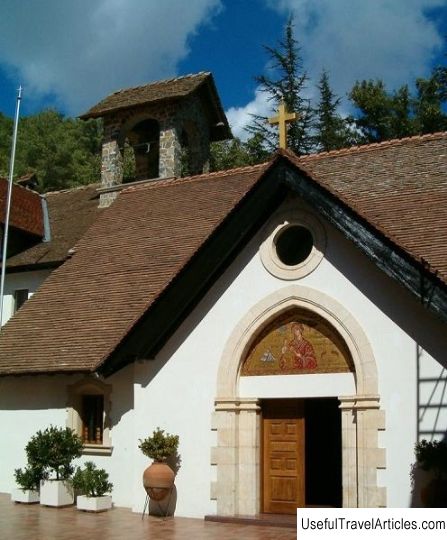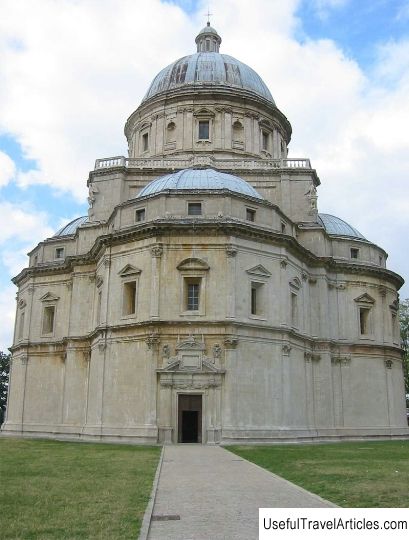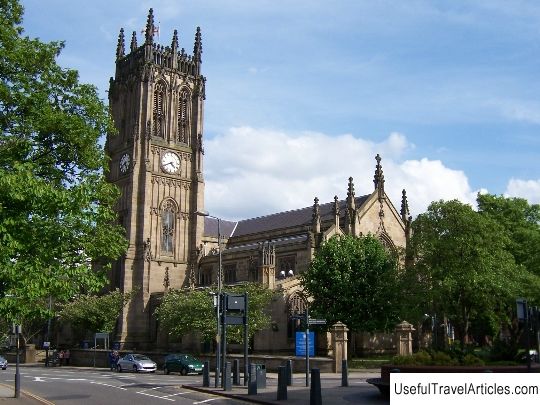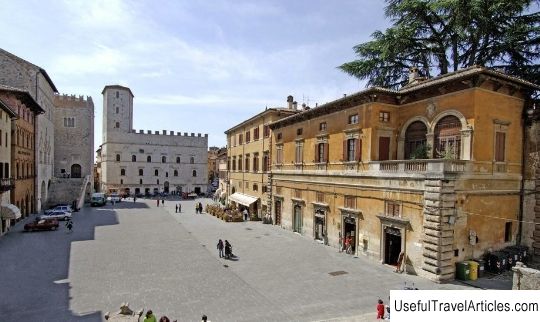Castle of Todi (Castello di Todi) description and photos - Italy: Umbria
Rating: 8,3/10 (251 votes) 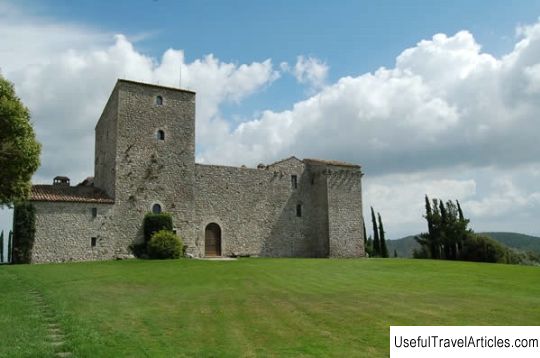
Todi Castle (Castello di Todi) description and photos - Italy: Umbria. Detailed information about the attraction. Description, photographs and a map showing the nearest significant objects. The title in English is Castello di Todi. Photo & DescriptionTodi Castle, also known as Capecchio, is located on a hilltop 10 miles from Todi and just outside Terni, the provincial capital. The castle was built in the 11th century as an observation tower, but over several centuries of its history it has turned into a full-fledged fortress. Capecchio was built in a strategically advantageous place - from the hill on which the castle stands, overlooking the entire Tiber valley and the Via Amerina road, which connected Lazio with Todi. Then the castle was called Torre d'Orlando. In the 11th and 13th centuries, several buildings were added to the tower and it became the fort of Castello di Todi. Three towers were located at the corners of the fort, and powerful fortified walls protected the entire territory of the fort. In the 13th century, Todi flourished and its population grew rapidly. The commune wanted to completely control the surrounding area, and therefore about 5 thousand people began to build a fortification complex, which included the construction of a dozen towers, fortresses and city walls. Todi Castle, which played an important role in the war between the Guelphs and the Ghibellines, was included in the same complex. Then the fort was on full self-sufficiency: food for soldiers and animals was stored right in the castle in large quantities, and they drank rainwater, which they immediately collected. The soldiers lived in the towers, and the animals lived in the open air. There were several secret passages under the castle walls, which were discovered later during the restoration work. It was along these passages that the soldiers could escape if the castle was captured. In 1348, a plague epidemic broke out on the Apennine peninsula, and in the middle of the 14th century the town of Todi fell into decay. For many years, the castle stood alone in the middle of a desolate area with abandoned villages. The castle itself was also abandoned - its only inhabitants were a few wanderers. In the 15th century, it was turned into a monastery: a roof was erected over the courtyard, and the interior was converted into a church, which was dedicated to Saints Juliet and Quiricus. Today you can see the remains of an altar, sacristy, vaulted ceilings and capitals. Later, in the 17th century, the monastery was deserted, and the castle became the subject of strife between some local rulers. Eventually, Capecchio was taken over by the Landi family of Todi, but it remained abandoned for many years. In 1974, the castle was bought by Ambassador Giuseppe Santoro, on whose initiative the first restoration work began. Fortunately, Torre d'Orlando, the oldest part of the castle, is well preserved, as are the outer walls. Only the interior of the castle had to be significantly restored. The work lasted for several years, after which Capecchio regained its former splendor. In 1980, it was declared a national monument. Today it is one of the best preserved medieval castles in all of Italy. It attracts tourists not only with its history, but also with numerous legends about ghosts that live within the walls of an ancient fortress. It is said that Lucrezia Landi, who died during the plague, is buried in the chapel of the castle, and her ghost still roams the rooms. Only the interior of the castle had to be significantly restored. The work lasted for several years, after which Capecchio regained its former splendor. In 1980, it was declared a national monument. Today it is one of the best preserved medieval castles in all of Italy.     We also recommend reading Datca description and photo - Turkey: Marmaris Topic: Castle of Todi (Castello di Todi) description and photos - Italy: Umbria. |
